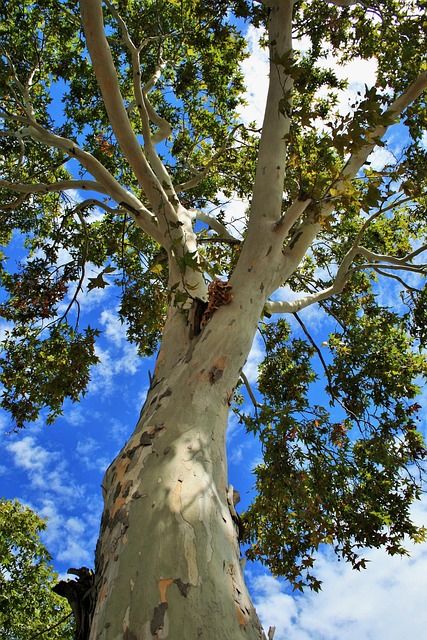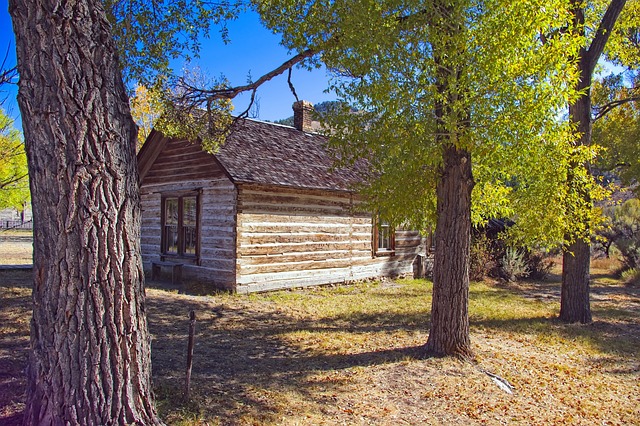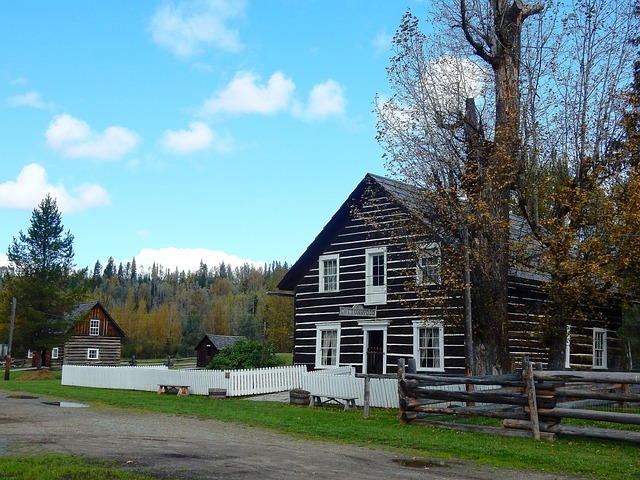Global tourism trends heavily rely on natural scenery's allure, driving demand for panoramic view or beachfront real estate in popular destinations worldwide. Majestic mountains, pristine beaches, and lush landscapes attract tourists seeking relaxation or adventure, boosting local economies. This influx leads to increased accommodation needs, stimulating new construction and property enhancements, which significantly raise real estate values. Balancing economic growth with environmental conservation is critical, as heightened visitor numbers pose risks of ecological damage. Sustainable practices, including controlled access, waste management, eco-friendly infrastructure, and tourist education, are vital for preserving scenic beauty. Reinvesting tourism revenue in conservation ensures these natural wonders endure, fostering a harmonious relationship between real estate attractions and environmental preservation for future generations.
“Unparalled vistas, breathtaking landscapes, and natural wonders have long been the magnets drawing tourists worldwide. This article delves into the multifaceted impact of scenic beauty on travel and local economies. We explore how stunning natural scenery captivates travelers, fuels real estate developments, and drives sustainable tourism practices. From the allure of picturesque locations to their economic benefits and preservation challenges, this comprehensive guide illuminates the intricate relationship between tourism and our planet’s most enchanting features.”
The Role of Natural Scenery in Attracting Tourists: Exploring the Connection between Beauty and Travel

The allure of natural scenery has long been a magnet for travelers, drawing them to far-flung destinations with breathtaking vistas. In today’s competitive travel market, the role of scenic beauty as a key driver for tourism cannot be overstated. From majestic mountains to pristine beaches and lush landscapes, these natural wonders offer more than just visual delights; they foster a sense of wonder, provide opportunities for outdoor activities, and create memorable experiences that draw visitors time and again.
Incorporating stunning landscapes into the travel itinerary has become a sought-after experience, impacting the real estate market in popular tourist destinations. The demand for properties with panoramic views or direct access to natural attractions is on the rise, as both domestic and international travelers seek to immerse themselves in these idyllic settings. This trend underscores the deep connection between beauty and travel, where the allure of scenic landscapes continues to shape tourism trends worldwide.
How Scenic Areas Boost Local Economies: A Real Estate Perspective

Scenic areas often hold immense allure for tourists, attracting them in large numbers due to their breathtaking landscapes and natural wonders. From majestic mountains to serene beaches, these locations have become a significant draw for travelers seeking relaxation, adventure, or simply a break from urban life. In turn, this influx of visitors positively impacts local economies, providing a boost that extends far beyond just the tourism industry.
Real estate in such areas experiences a surge in value and demand. The increased footfall results in a higher need for accommodation, leading to new construction projects and expanded existing facilities. Additionally, as scenic beauty becomes a central selling point, property owners invest in enhancing their spaces to cater to the discerning tastes of tourists. This not only improves the overall experience for visitors but also strengthens the local market by creating more diverse and appealing real estate offerings.
Sustainable Tourism Practices for Preserving Natural Beauties: Challenges and Solutions

In the realm of tourism driven by scenic beauty, sustainable practices are paramount for preserving natural wonders that often double as prime real estate attractions. The challenge lies in balancing economic growth with environmental conservation. As more visitors flock to breathtaking landscapes, the risk of ecological damage and resource depletion increases.
One solution involves implementing strategies like controlled access, waste management, and eco-friendly infrastructure development. Educating tourists on responsible behavior can also mitigate impacts. Additionally, revenue generated from tourism should be reinvested in conservation efforts and local communities. Embracing these practices ensures that scenic beauty endures, fostering a harmonious relationship between tourism and environmental preservation for future generations to enjoy.






